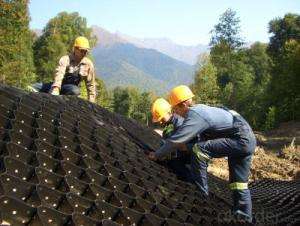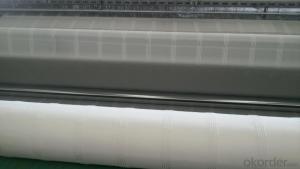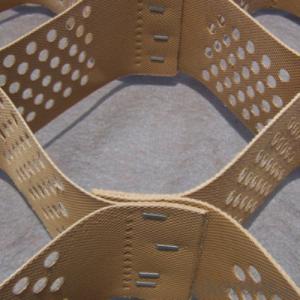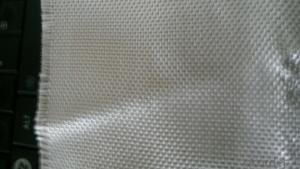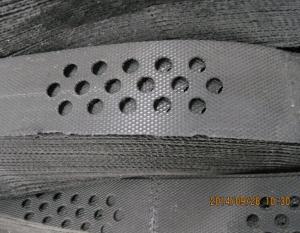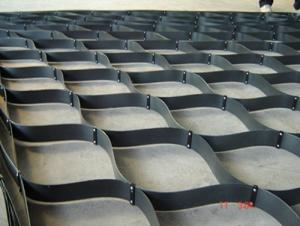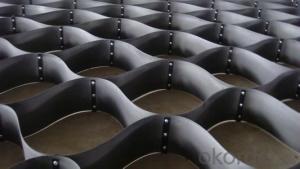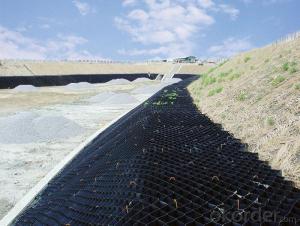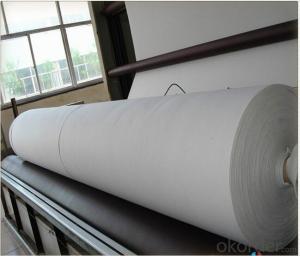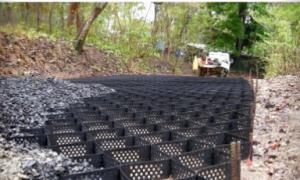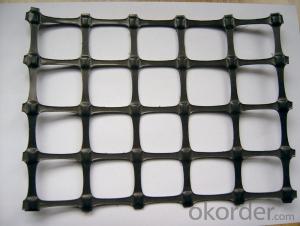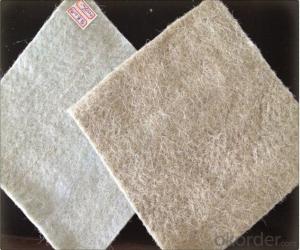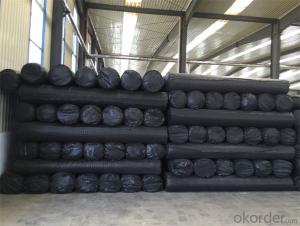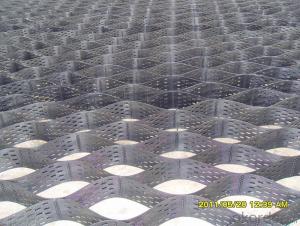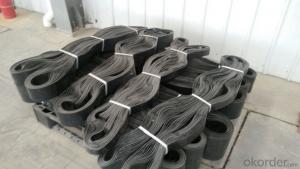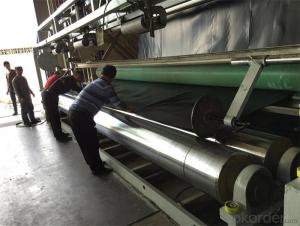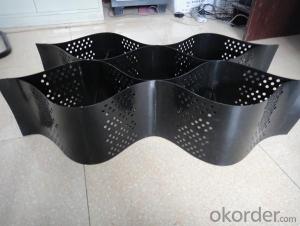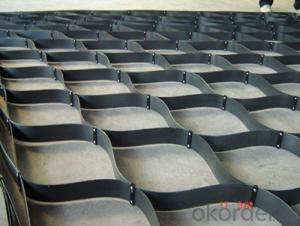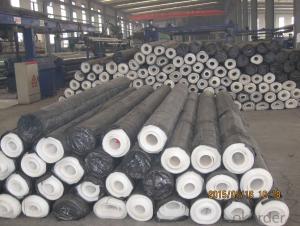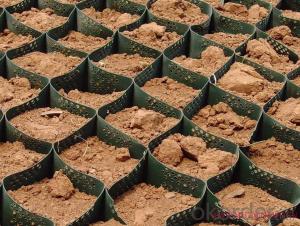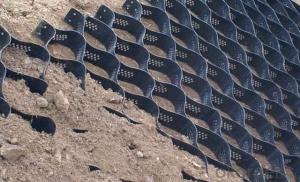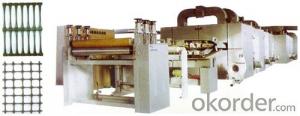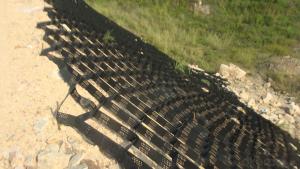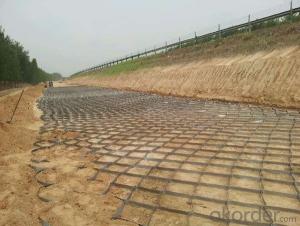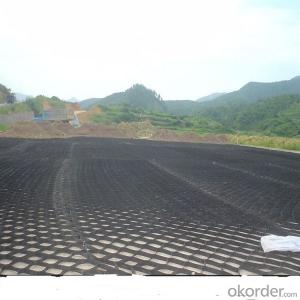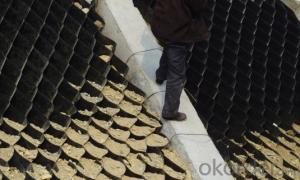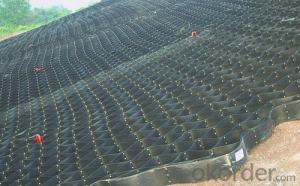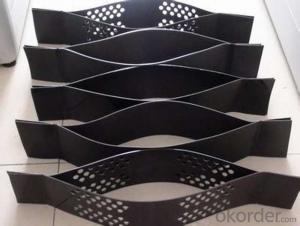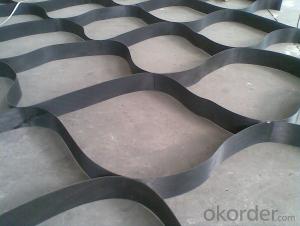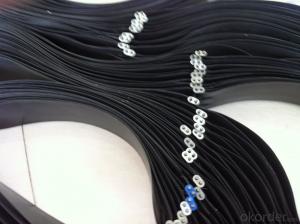Earthwork Geocell
Earthwork Geocell Related Searches
Kn In Tonnes Tiled Roof Construction Aircraft Construction Reinforcement Material Geomembrana Hdpe 2 Mm Precio 40 Mil Hdpe Liner Hdpe Uniaxial Geogrid Geogrid Base Reinforcement Hdpe Liner Repair Geogrid Asphalt ReinforcementHot Searches
Geomembrane For Sale China Pvc Geomembrane China Geomembrane Roll Sheet Hdpe Geomembrane Sheet Price Hdpe Geomembrane China China Geomembrane Geomembrane China Hdpe Geomembrane Price Geomembrane Price Wholesale Hdpe Geomembrane Roll Geomembrane Factory Wholesale Liner Hdpe Geomembrane Wholesale Geomembrane Hdpe Wholesale Hdpe Geomembrane Geomembrane Market Size Wholesale Hdpe Geomembrana Wholesale Liner Geomembrane Geomembrane Liner Supplier Wholesale Geomembrane Bidim Geotextile PriceEarthwork Geocell Supplier & Manufacturer from China
Okorder.com is a professional Earthwork Geocell supplier & manufacturer, offers integrated one-stop services including real-time quoting and online cargo tracking. We are funded by CNBM Group, a Fortune 500 enterprise and the largest Earthwork Geocell firm in China.Hot Products
FAQ
- Yes, geocells can be used for highway median stabilization. Geocells are a cost-effective and sustainable solution for stabilizing soil and preventing erosion, making them suitable for highway medians. They provide structural support, improve load distribution, and enhance the stability of the median, ensuring long-term durability and safety.
- Yes, geocells can be used in load transfer platforms for port facilities. Geocells are a type of geosynthetic material that can provide strong support and stability to load-bearing structures. They can be easily installed and filled with fill material, creating a reinforced and stable platform for heavy loads in port facilities. This helps distribute the load evenly, prevent soil erosion, and improve the overall performance of the load transfer platforms.
- The main use of geocells
- 1, for the solid road, railway subgrade. 2, for the load to withstand the embankment and shallow water treatment. 3, used to prevent landslides and load-bearing hybrid retaining wall. 4, in the face of soft ground. The use of geocells can greatly reduce the construction labor intensity, reduce the thickness of the roadbed construction speed, performance, and greatly reduce the project cost.
- Yes, geocells can be used for pipeline bedding. Geocells are often used as a cost-effective and efficient solution for stabilizing and reinforcing soil in various applications, including pipeline bedding. They provide excellent load distribution, soil confinement, and erosion control, which help to ensure the stability and longevity of the pipeline.
- Yes, geocells can be used for ground reinforcement. Geocells are three-dimensional honeycomb-like structures made of high-density polyethylene. They are commonly used in civil engineering and construction projects to stabilize and reinforce soils, especially in areas with poor soil conditions or high erosion potential. Geocells can effectively distribute loads and confine infill materials, providing enhanced stability and strength to the ground. They are versatile and can be used for various applications, including road construction, slope protection, and erosion control.
- Yes, geocells are suitable for use in coastal areas. Geocells, which are three-dimensional cellular confinement systems, provide effective erosion control and stabilization in coastal environments. They are designed to withstand harsh conditions such as wave action, tidal forces, and saltwater exposure. Geocells can be filled with different materials, such as soil or gravel, to create a strong, stable, and permeable structure that helps prevent coastal erosion and maintain shoreline integrity.
- There are several factors that can affect the selection of geocells for a project. Some of these factors include the type and condition of the soil, the expected load-bearing capacity required, the slope or terrain of the project site, the environmental conditions such as temperature and moisture, and the specific application or purpose of the project. Additionally, factors such as cost, ease of installation, and availability of geocell materials may also play a role in the selection process.
- Yes, geocells are suitable for use in bridge approach construction. Geocells provide stabilizing support and reinforcement to the underlying soil, helping to prevent erosion and settling. They are also cost-effective and easy to install, making them a practical choice for bridge approach construction.


